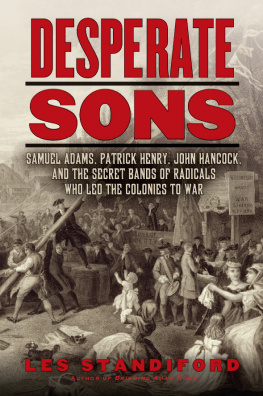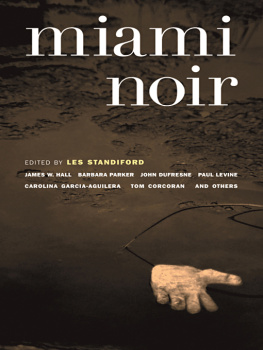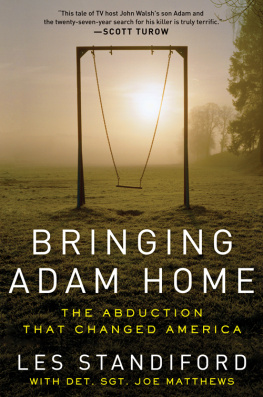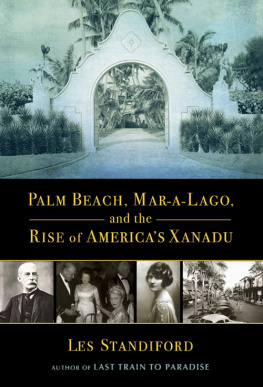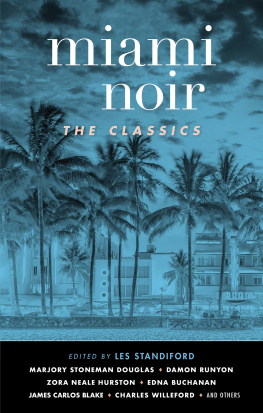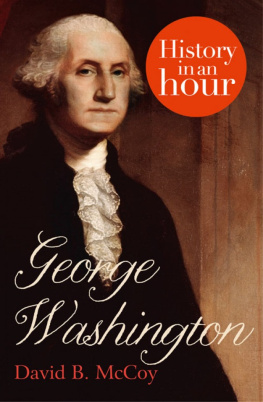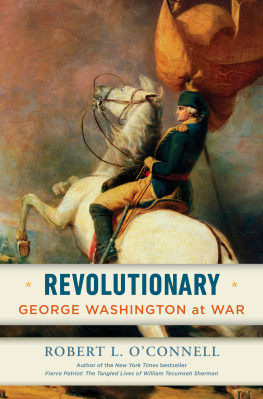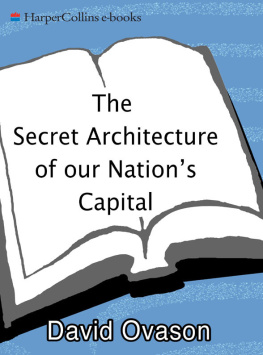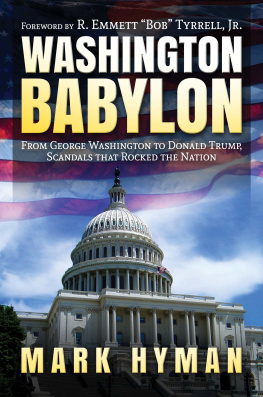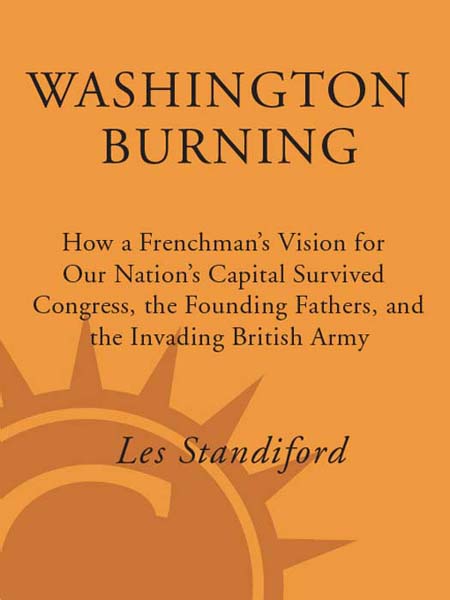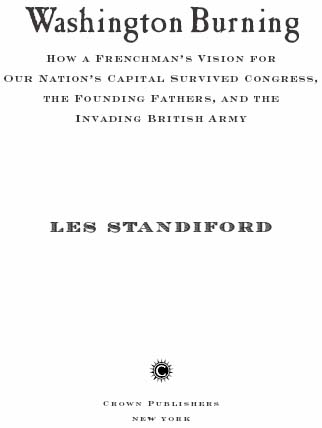Les Standiford - Washington Burning: How a Frenchmans Vision for Our Nations Capital Survived Congress, the Founding Fathers, and the Invading British Army
Here you can read online Les Standiford - Washington Burning: How a Frenchmans Vision for Our Nations Capital Survived Congress, the Founding Fathers, and the Invading British Army full text of the book (entire story) in english for free. Download pdf and epub, get meaning, cover and reviews about this ebook. year: 2008, publisher: Crown, genre: Politics. Description of the work, (preface) as well as reviews are available. Best literature library LitArk.com created for fans of good reading and offers a wide selection of genres:
Romance novel
Science fiction
Adventure
Detective
Science
History
Home and family
Prose
Art
Politics
Computer
Non-fiction
Religion
Business
Children
Humor
Choose a favorite category and find really read worthwhile books. Enjoy immersion in the world of imagination, feel the emotions of the characters or learn something new for yourself, make an fascinating discovery.

- Book:Washington Burning: How a Frenchmans Vision for Our Nations Capital Survived Congress, the Founding Fathers, and the Invading British Army
- Author:
- Publisher:Crown
- Genre:
- Year:2008
- Rating:5 / 5
- Favourites:Add to favourites
- Your mark:
Washington Burning: How a Frenchmans Vision for Our Nations Capital Survived Congress, the Founding Fathers, and the Invading British Army: summary, description and annotation
We offer to read an annotation, description, summary or preface (depends on what the author of the book "Washington Burning: How a Frenchmans Vision for Our Nations Capital Survived Congress, the Founding Fathers, and the Invading British Army" wrote himself). If you haven't found the necessary information about the book — write in the comments, we will try to find it.
In 1814, British troops invaded Washington, consuming President Madisons hastily abandoned dinner before setting his home and the rest of the city ablaze. The White House still bears scorch and soot marks on its foundation stones. It was only after this British lesson in hard war, designed to terrorize, that Americans overcame their resistance to the idea of Washington as the nations capital and embraced it as a symbol of American might and unity.
The dramatic story of how the capital rose from a wilderness is a vital chapter in American history, filled with intrigue and outsized charactersfrom George Washington to Pierre Charles LEnfant, the eccentric, passionate, difficult architect who fell in love with his adopted country. This Frenchmanboth inspired by the American cause of liberty and wounded while defending itfirst endeared himself to then General Washington with a sketch drawn at Valley Forge. Designing buildings, parades, medals, and coins, LEnfant became the creator of a new American aesthetic, but the early tastemaker had ambition and pride to match his talent. Self-serving and incapable of compromise, he was consumed with his artistic dream of the Federal City, eventually alienating even the president, his onetime champion.
Washington struggled to balance LEnfants enthusiasm for his brilliant design with the strident opposition of fiscal conservatives such as Thomas Jefferson, whose counsel eventually led to LEnfants dismissal. The friendships, rivalries, and conflicting ideologies of the principals in this dramaas revealed in their deceptively genteel correspondence and other historical sourcesmirror the struggles of a fledgling nation to form a kind of government the world had not yet known.
In these pages, as in Last Train to Paradise and Meet You in Hell, master storyteller Les Standiford once again tells a compelling, uniquely American story of hubris and achievement, with a man of epic ambition at its center. Utterly absorbing and scrupulously researched, Washington Burning offers a fresh perspective on the birth of not just a city, but a nation.
Les Standiford: author's other books
Who wrote Washington Burning: How a Frenchmans Vision for Our Nations Capital Survived Congress, the Founding Fathers, and the Invading British Army? Find out the surname, the name of the author of the book and a list of all author's works by series.

